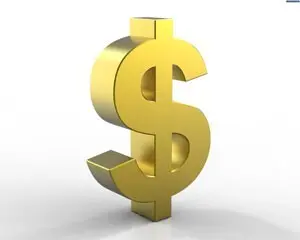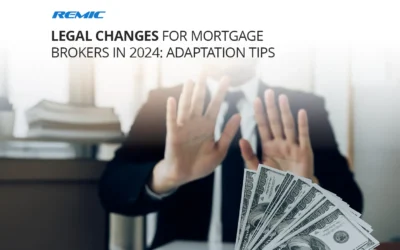TFSA and Mortgage Investing

The TFSA (Tax Free Savings Account) limit increase, based on a 2011 Conservative election promise, is going to be a great boon to those who are in the middle class. Especially those who invest in high yield investment, such as mortgages. The limit has been increased from $5,000 to $10,000, and for those who haven’t invested at all yet, that means that they can invest a total of $41,000.
TFSA Contribution room
| Years | TFSA Annual Limits | Cumulative Totals |
| 2009-2012 | $5,000 | $20,000 |
| 2013 | $5,500 | $25,500 |
| 2014 | $5,500 | $31,000 |
| 2015 | $10,000 | $41,000 |
For mortgage investors, using a TFSA has never looked so good. Why? Normally mortgage investing is done using cash (savings, non-registered funds, etc), while registered funds such as RRSPs, RESPs, etc. are little known options for mortgage investing. When using RRSPs, for example, an investor is still just deferring tax until retirement.
The benefit of using a TFSA is that all interest generated is tax free. However until now most couldn’t use a TFSA to invest in a mortgage since the cumulative totals were fairly low, and the uptake on TFSAs has been, frankly, abysmal.
The Broadbent Institute released its latest report today, June 29th, finding that 62% of Canadians eligible for a TFSA had yet to open one by the end of 2013.
In addition, among TFSA eligible individuals with incomes below $60,000, only 5% maxed out their TFSA in 2013 compared to 31% of those with incomes above $250,000. Clearly the TFSA is being used by the wealthier Canadians, and with good reason. They tend to be able to take advantage of this type of advanced tax strategy because they tend to get the advice necessary to understand these types of investment decisions.
But, even though they get this advice, they’re still not maximizing the TFSA’s true potential. By investing in the same vehicles that their RRSPs use, they’re missing an opportunity to generate significant tax free income.
For example, someone who invests $50,000 in a TFSA and earns 2% (a high rate of return for many investments) will earn $1,000 tax free in one year. However, if that same investor invests $50,000 in a mortgage that returns $10%, the return is $5,000. Over the course of 10 years, the difference is $10,000 compared to $50,000 respectively. This simplistic example illustrates the power of a higher rate of return, and as part of a balanced portfolio can help an investor retire sooner with more money without investing more.
In Ontario mortgage brokers are the ones to speak with about mortgage investments. Make sure that you speak with someone who is knowledgeable and who has the experience to handle this specific type of investing. Done properly the returns can be staggering. Done improperly and the losses can mount.
Good investing!



